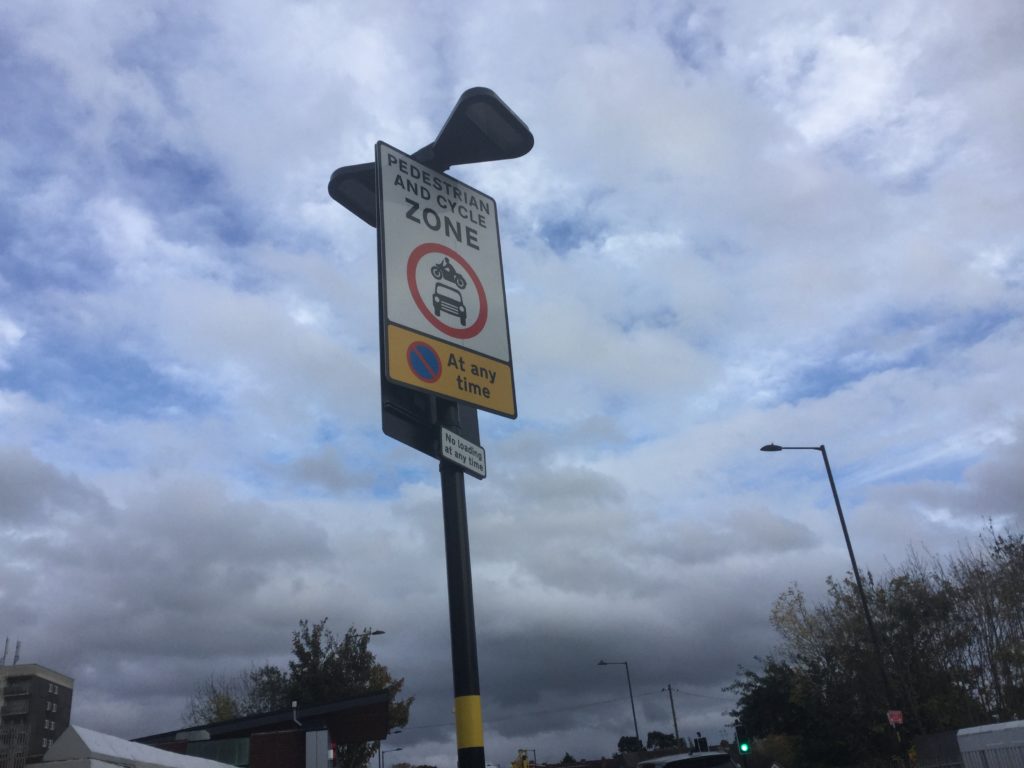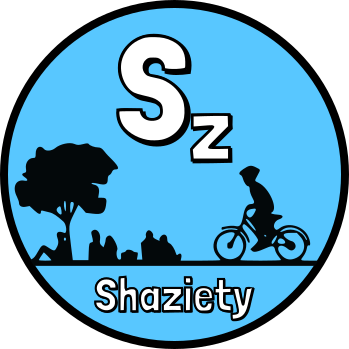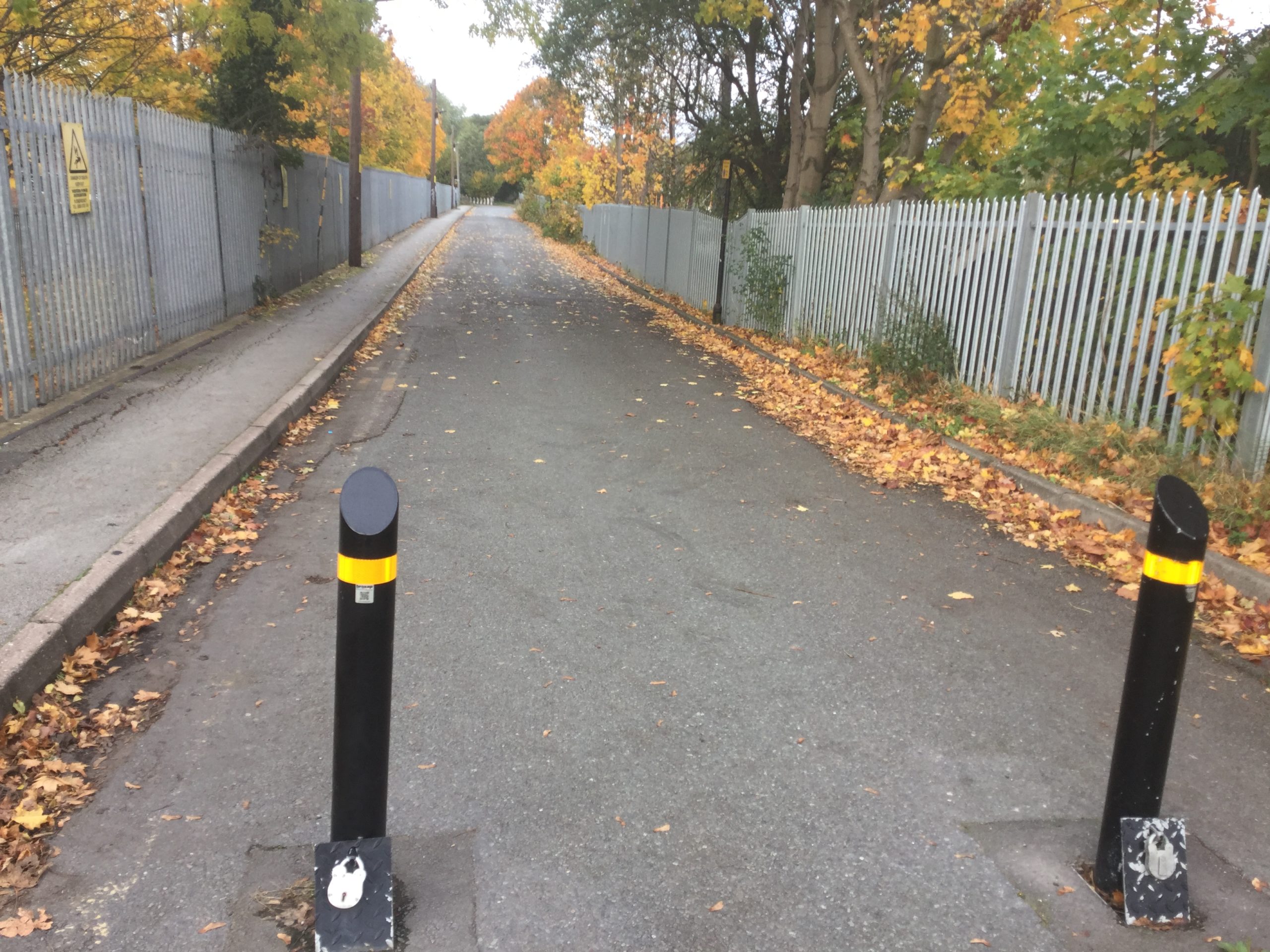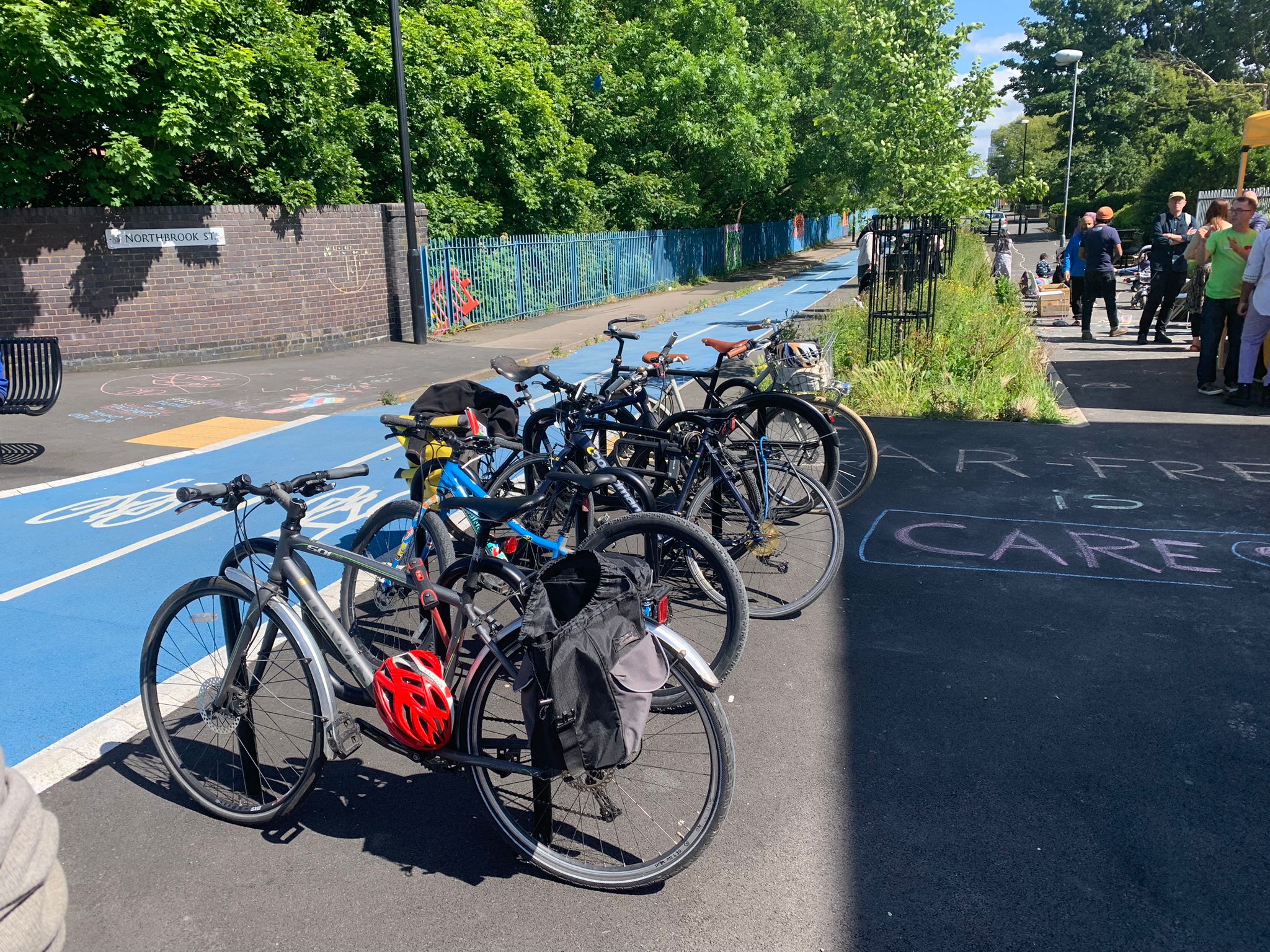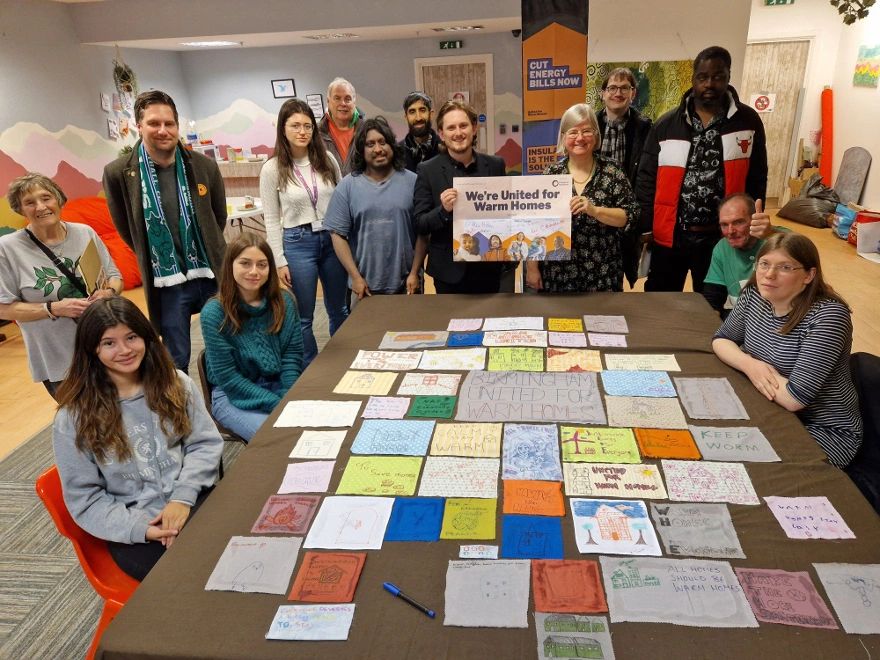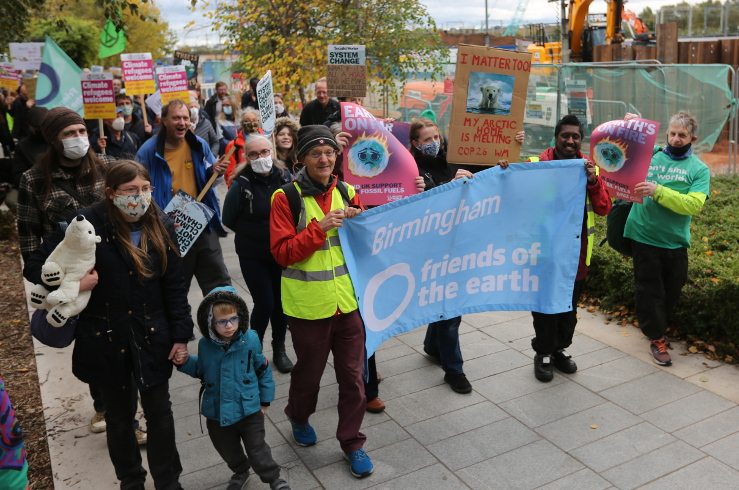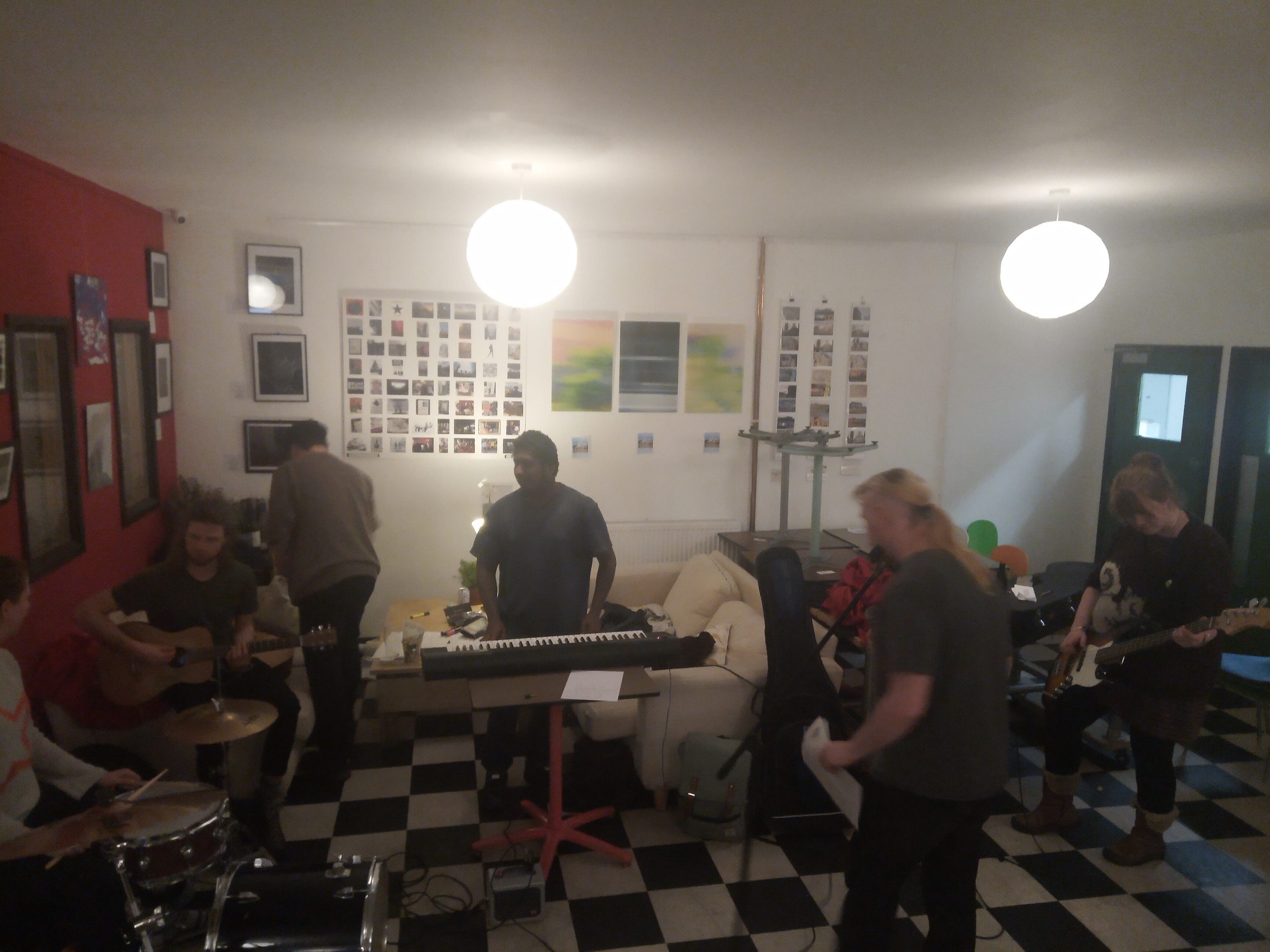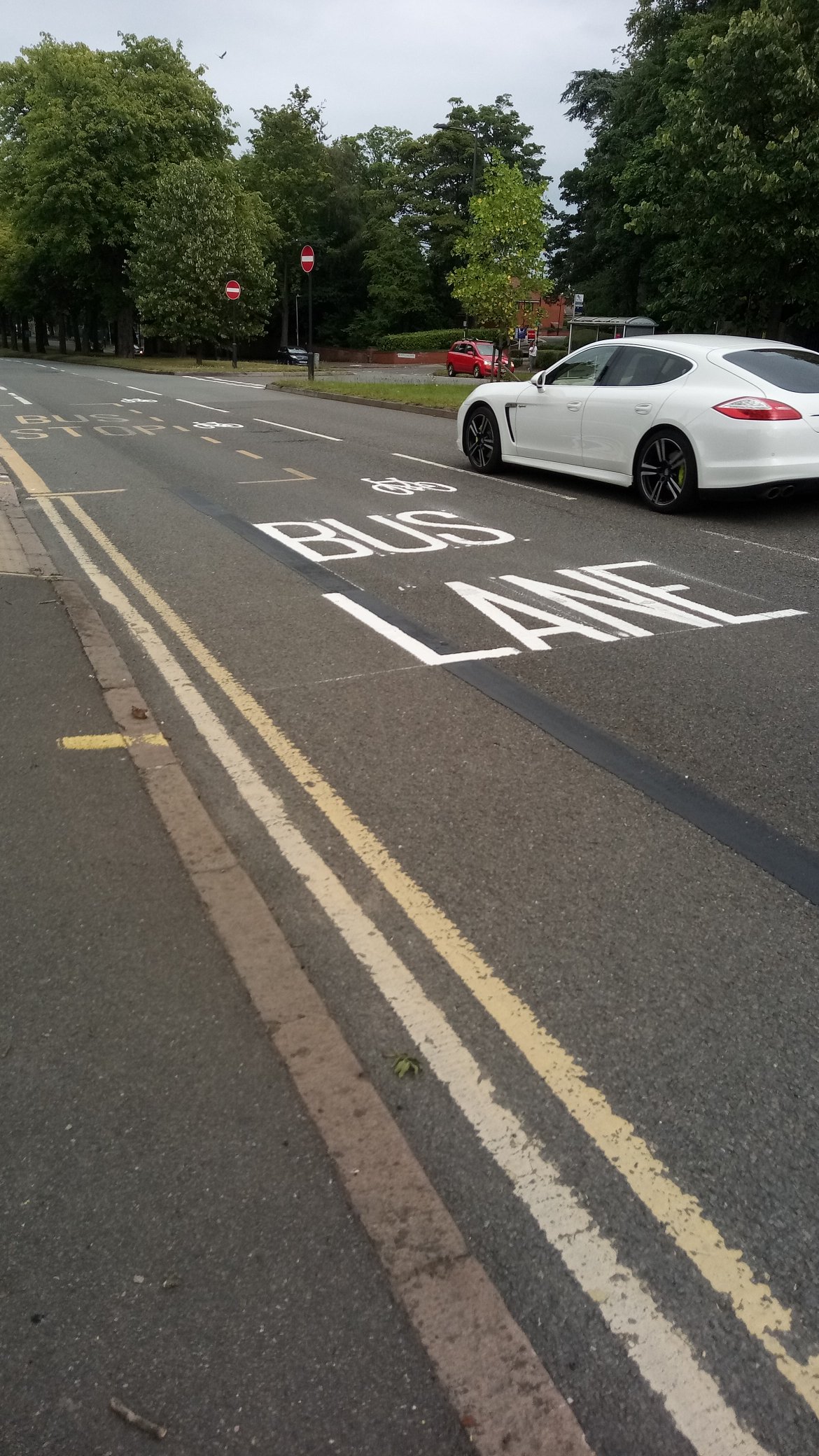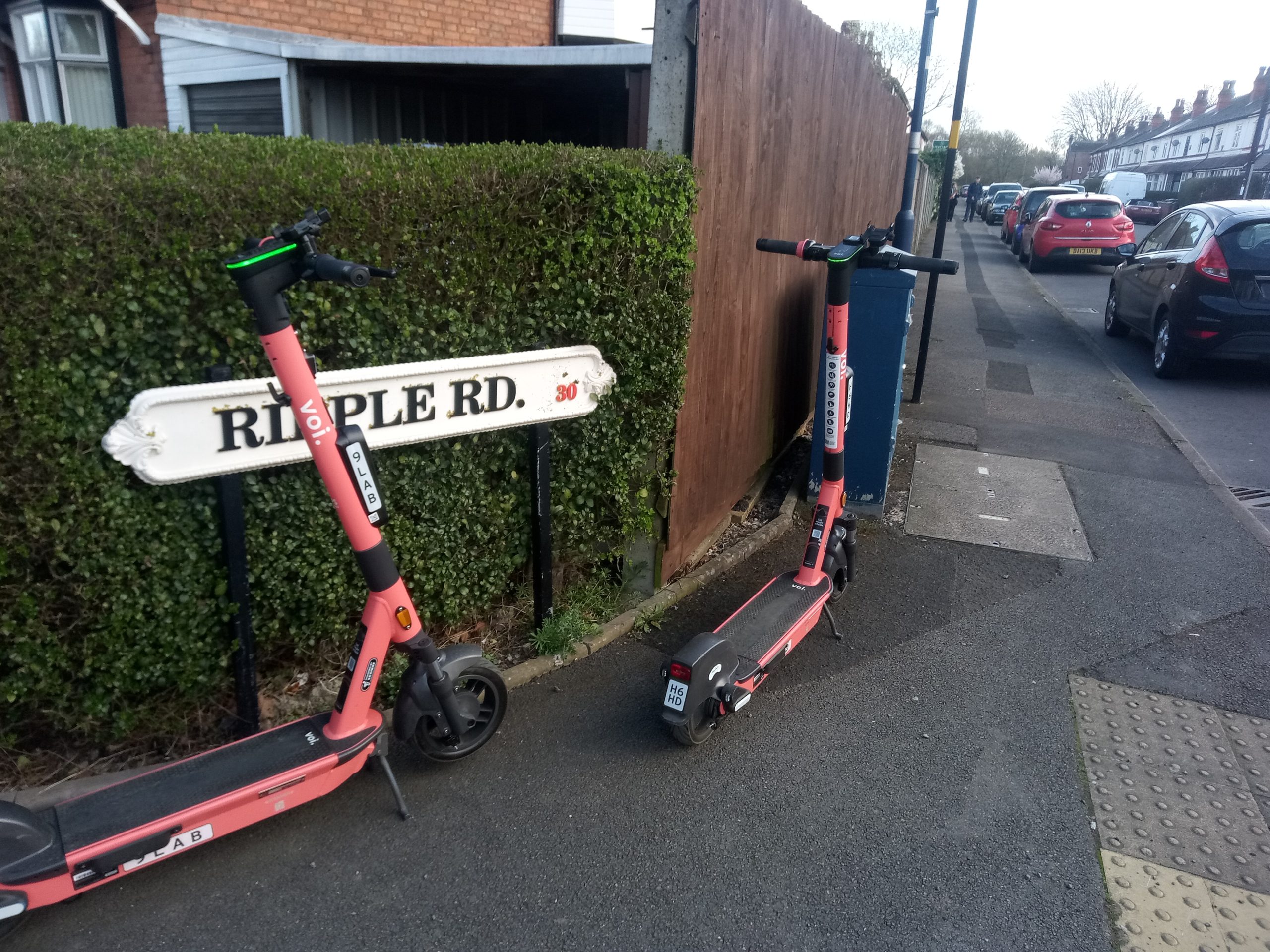Low Traffic Neighbourhoods (LTN)
Low Traffic Neighbourhoods are now being implemented all across the country. They have existed for decades in various forms, but have found themselves in the spotlight recently. Covid 19 has made us question how our society is structured. One example of this is how our streets are overwhelmingly designed to favour car drivers. Residential streets that once were quiet places that children could play in are now dominated by cars, with the associated pollution, including illegal levels of air pollution and collisions between car drivers and other car drivers/ pedestrians/ cyclists etc.
Low Traffic Neighbourhoods are an attempt to reclaim residential roads for everybody and not just prioritise the convenience of car drivers. Low Traffic Neighbourhoods tend to restrict access to some roads for motor vehicles or make it harder to access them. This allows a whole host of people to enjoy the space; from pedestrians and cyclists to children who can play in the streets. I want streets for people to enjoy, not to favour those in cars trying to avoid congestion on the main roads.
Of course any measures that make life more difficult for car drivers is met with ferocious opposition. The motor lobby is strong in Birmingham and will fight hard against anything that tries to reduce car dominance in the city. There are LTNs being installed throughout Birmingham. I’ll be blogging more about them and the opposition to LTNs in the future.
A local example of a Low Traffic Neighbourhood to me
I live in South West Birmingham about a fifteen minute walk from Longbridge Station. To the immediate left of the station is Tessall Lane. Up until quite recently cars were allowed to park on this very narrow road. There was just about space for parked cars and cars to squeeze past them. There was also a raised path that pedestrians could walk on, but only comfortably in single file. Cars dominated this road. It was always packed with car drivers trying to find a spot and then getting the train from Longbridge. The space was congested, noisy and the opposite of a pleasant place to be for those not in cars. Even though there is a big car park specifically for cars a two minute walk away, car drivers parked on Tessall Lane but it was the most closest place to park for the train station.
The space transformed
Quite recently this section of Tessall Lane has been closed to through traffic. Pedestrians, cyclists can still use the space but car drivers can not. Bollards prevent access for cars at either end on this section of the road. Signs stating no access for cars have also been installed. The result is a space that is much more welcoming to people like me. I often use it on my way to either cycle or walk towards Northfield. Whilst I’m there I see dog walkers, people jogging or cyclists on the way to the nearby park. Parents with pushchairs can use the road freely and so can mobility scooter users.
Tessall Lane is just one example of how a space can be transformed for people rather than be prioritised for car drivers to store their metal box. I’ll be writing more about LTN in the future, probably about the new Kings Heath attempts.
